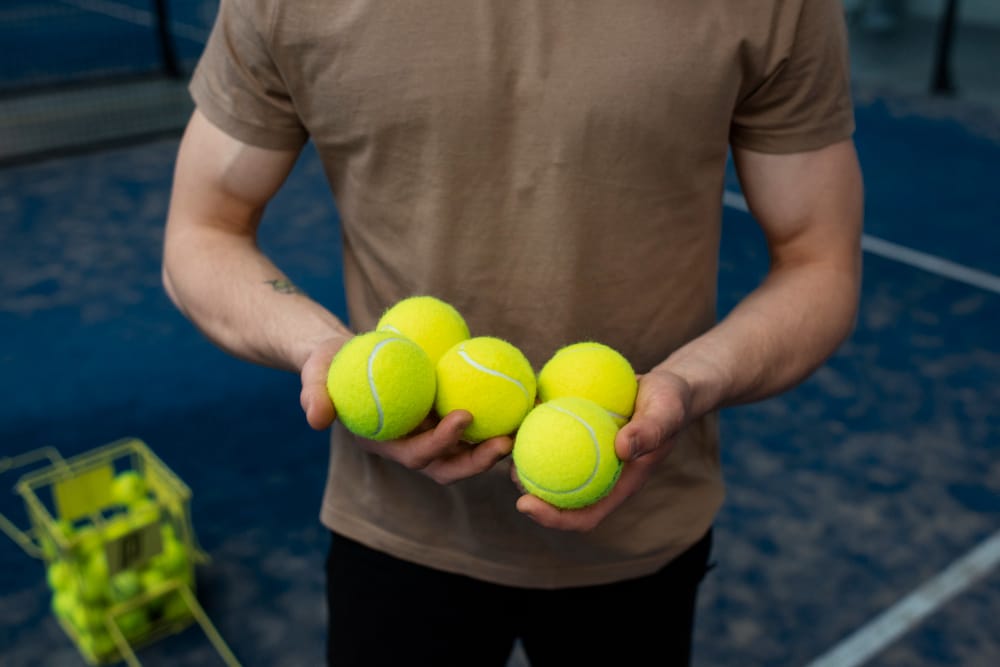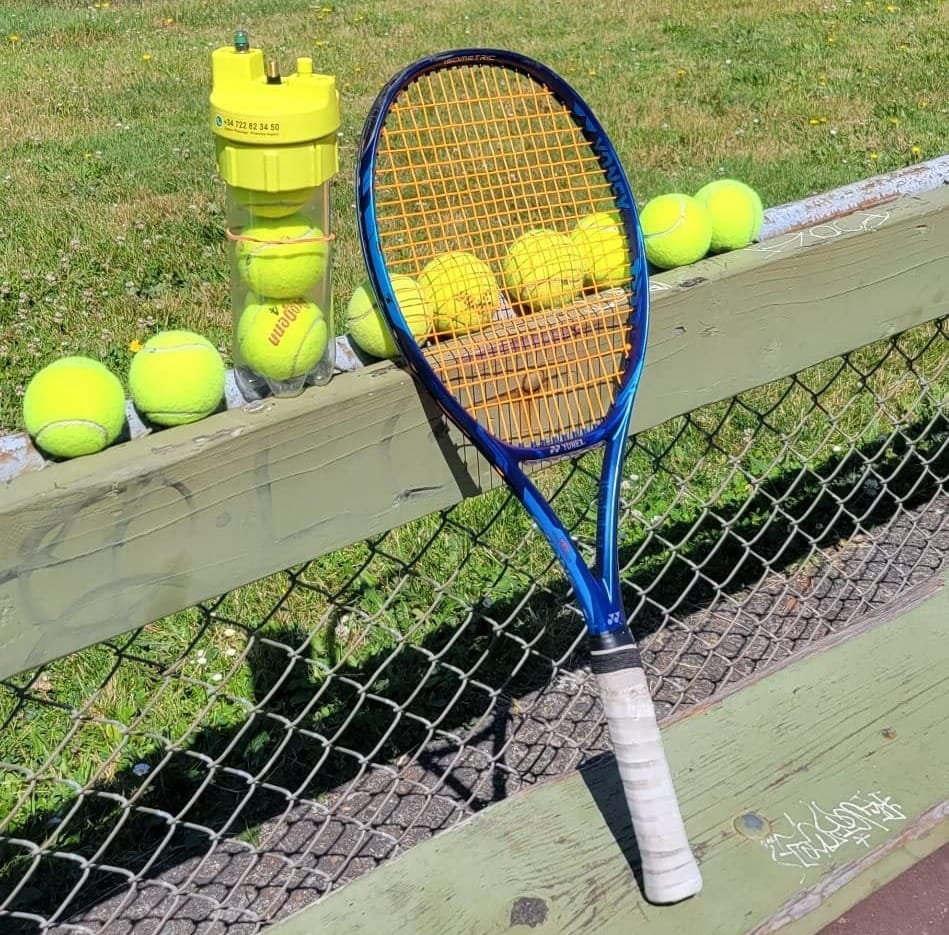Key Takeaways:
- Padel balls typically last for 2–3 matches before losing optimal performance.
- Factors such as playing style, court surface, and storage conditions significantly impact the lifespan of padel balls.
- Regularly checking ball pressure and bounce can help determine when to replace them.
Introduction
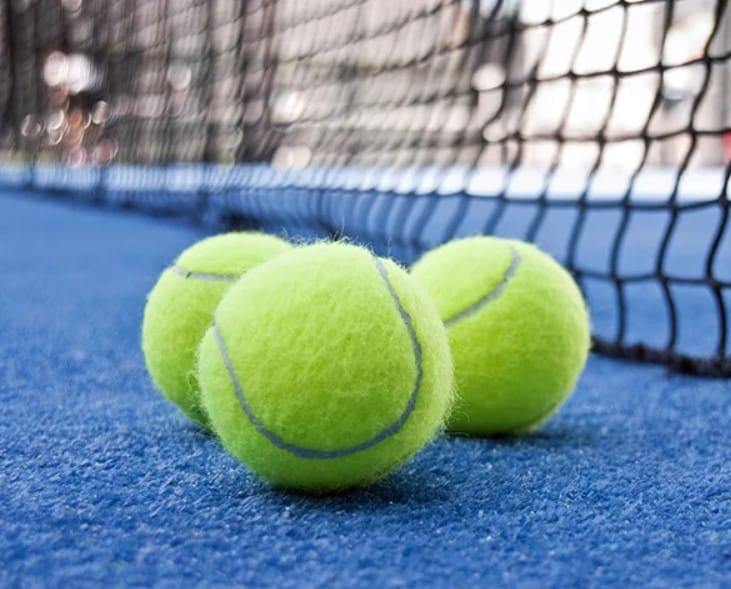
Padel, a sport combining tennis and squash elements, has been gaining popularity worldwide. One of the most common questions among players is, "How many times can you use padel balls?" Understanding the lifespan of padel balls is crucial for maintaining a high-quality playing experience. This article delves into the factors that affect the longevity of padel balls and provides practical tips for maximizing their use.
The Lifespan of Padel Balls
Padel balls are designed to withstand the rigors of the game, but they do have a limited lifespan. On average, a padel ball can be used for 2-3 matches before it starts to lose its optimal performance. This is due to the gradual loss of pressure inside the ball, also known as pressure loss, which affects its bounce and overall playability. Maintaining the ball's pressure at appropriate levels is crucial to ensure optimal gameplay and peak performance.
The lifespan of a padel ball can vary depending on several factors, including the playing style of the players, the surface of the padel court, and how the balls are stored. Players who hit powerful shots and play on rough surfaces may find that their balls wear out more quickly than those who play a more controlled game on smoother courts.
Factors Affecting Padel Ball Longevity
Playing Style
The way you play padel can significantly impact the lifespan of your balls. Players who hit powerful shots and engage in aggressive rallies are likely to wear out their balls faster. The constant impact and high-speed volleys can cause the balls to lose pressure and affect how the ball bounces.
On the other hand, players with a more controlled and strategic playing style may find that their balls last longer. By focusing on placement and precision rather than power, these players can extend the life of their padel balls.
Court Surface
The surface of the padel court also plays a crucial role in determining how long your balls will last. Rough surfaces, such as concrete or asphalt, can cause more wear and tear on the balls, leading to a shorter lifespan. Conversely, smoother surfaces like artificial turf or clay are gentler on the balls and can help them last longer.
It's essential to pay close attention to the condition of the court and choose the right padel balls for the surface you're playing on. This can help you get the most out of your balls and ensure a consistent playing experience.
Storage Conditions
Temperature and Humidity
Storing your padel balls in the right conditions can significantly impact their longevity. Balls that are exposed to extreme temperatures or high humidity levels can lose pressure more quickly. It's best to store your balls in a cool, dry place to maintain their internal pressure and bounce.
Avoid leaving your padel balls in direct sunlight or in the trunk of your car, as these conditions can cause the rubber to degrade and the pressure inside the balls to drop. Proper storage can help you get the most out of your padel balls and ensure they perform well on the court.
Storage Containers
Using the right storage containers can also help extend the life of your padel balls. Many players use pressurized tubes to store their balls, which can help maintain the pressure inside and keep them in optimal condition. These tubes are designed to prevent air from escaping, ensuring that your balls stay fresh and bouncy for longer.
If you don't have a pressurized tube, you can still store your balls in a regular container, but be sure to check their pressure and bounce regularly. This will help you determine when it's time to replace them and ensure you're always playing with high-quality balls.
Checking Ball Pressure and Bounce
Regular Inspections
Regularly checking the pressure and bounce of your padel balls is essential for identifying pressure loss and maintaining a high-quality playing experience. A ball that has lost pressure will have a lower bounce and may not perform as well on the court. To check the pressure, you can use a ball pressure gauge or simply squeeze the ball to see if it feels firm.
If the ball feels soft or doesn’t bounce as high as it should, it’s time to replace it. Keeping a few new balls on hand can ensure you’re always ready for a game and can maintain a consistent playing experience.
The First Bounce Test
One simple way to check the bounce of your padel balls is the first bounce test. Drop the ball from a height of about 1 meter and observe how high it bounces. A ball that bounces less than 80% of its original height has likely lost pressure and should be replaced.
This test can be done quickly and easily before each game, helping you ensure that your balls are in good condition and ready for play. Regularly performing this test can help you get the most out of your padel balls and maintain a high level of performance on the court.
The Impact of Weather Conditions
Cold Weather
Cold weather can cause padel balls to lose pressure more quickly, leading to a lower bounce and reduced performance. During a padel match, cold weather can significantly impact the performance of the balls, making it crucial to monitor their condition closely. When playing in cold conditions, it’s essential to check the pressure of your balls more frequently and replace them as needed.
Storing your balls in a warm place before playing can help maintain their pressure and ensure they perform well on the court. Additionally, using balls designed for colder temperatures can help you get the most out of your playing experience.
Hot Weather
Hot weather can also affect the performance of your padel balls. High temperatures can cause the rubber to expand and the pressure inside the balls to increase, leading to a higher bounce. While this may seem like a good thing, it can actually make the balls more difficult to control and affect your overall playing experience.
To mitigate the effects of hot weather, store your balls in a cool, dry place and avoid leaving them in direct sunlight. This will help maintain their pressure and ensure they perform consistently on the court.
The Role of Ball Quality
High-Quality Balls
Investing in high-quality padel balls can make a significant difference in their longevity and performance. High-quality balls are made from durable materials and are designed to maintain their pressure and bounce for longer periods.
While they may be more expensive upfront, high-quality balls can save you money in the long run by lasting longer and providing a better playing experience. Look for balls from reputable brands and read reviews to find the best options for your needs.
Training Balls vs. Match Balls
There is a difference between training balls and match balls, and understanding this can help you get the most out of your padel balls. Training balls are typically designed to be more durable and can withstand more wear and tear, making them ideal for practice sessions. The only exception is match balls, which are designed for optimal performance but may not last as long.
Match balls, on the other hand, are designed for optimal performance and may not last as long as training balls. Using the right type of ball for your needs can help you get the most out of your playing experience and ensure you’re always playing with high-quality equipment.
The Importance of Personal Preferences
Playing Style
Your playing style can significantly impact the lifespan of your padel balls. Players who hit powerful shots and engage in aggressive rallies may find that their balls wear out more quickly. Conversely, players with a more controlled and strategic playing style may find that their balls last longer.
Understanding your playing style and choosing the right balls for your needs can help you get the most out of your padel balls and ensure a consistent playing experience.
Opponent's Playing Style
The playing style of your opponent can also affect the lifespan of your padel balls. If you're playing against someone who hits powerful shots and engages in aggressive rallies, your balls may wear out more quickly.
Paying attention to your opponent's playing style and adjusting your strategy accordingly can help you get the most out of your padel balls and ensure a high-quality playing experience.
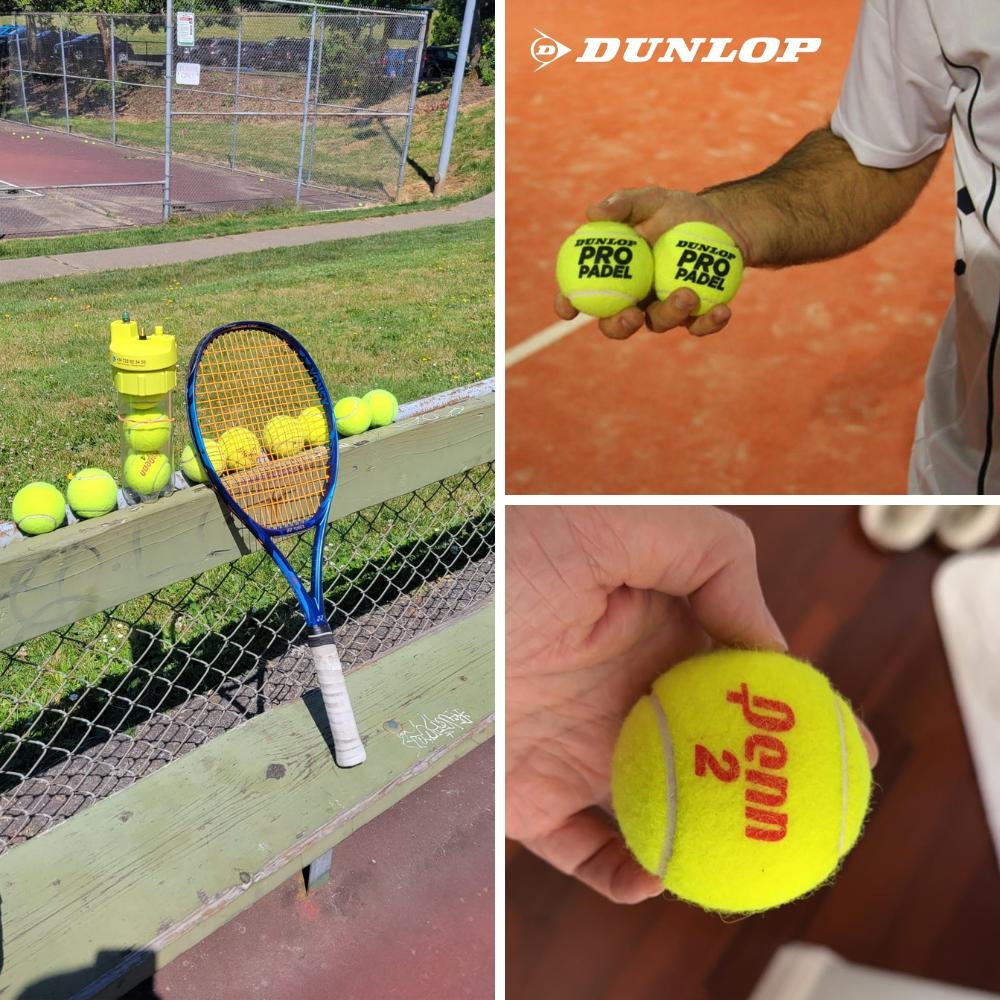
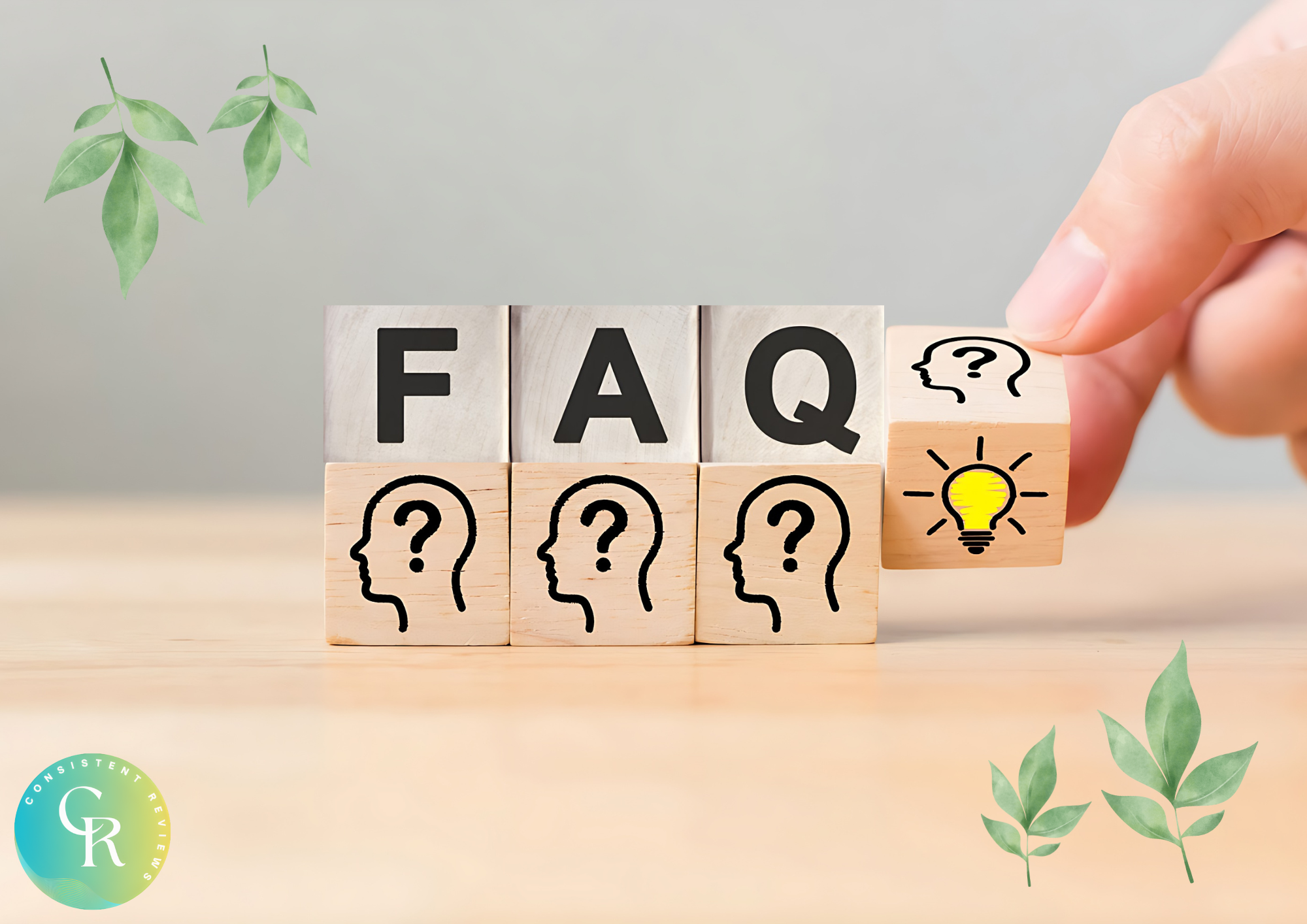
How often should I replace my padel balls?
On average, padel balls should be replaced every 2-3 matches. However, this can vary depending on playing style, court surface, and storage conditions. Regularly checking the pressure and bounce of your balls can help you determine when it's time to replace them.
Can I use tennis balls for playing padel?
While tennis balls and padel balls may look similar, they are designed for different sports and have different characteristics. Padel balls have a lower pressure and bounce than tennis balls, making them more suitable for the smaller court and unique playing style of padel, while tennis balls are designed for those who play tennis. Using the right padel balls for the best playing experience is best.
How should I store my padel balls to maintain their pressure?
To maintain the pressure and bounce of your padel balls, store them in a cool, dry place away from direct sunlight and extreme temperatures. Using pressurized storage containers can also help maintain the pressure inside the balls and keep them in optimal condition for longer periods.
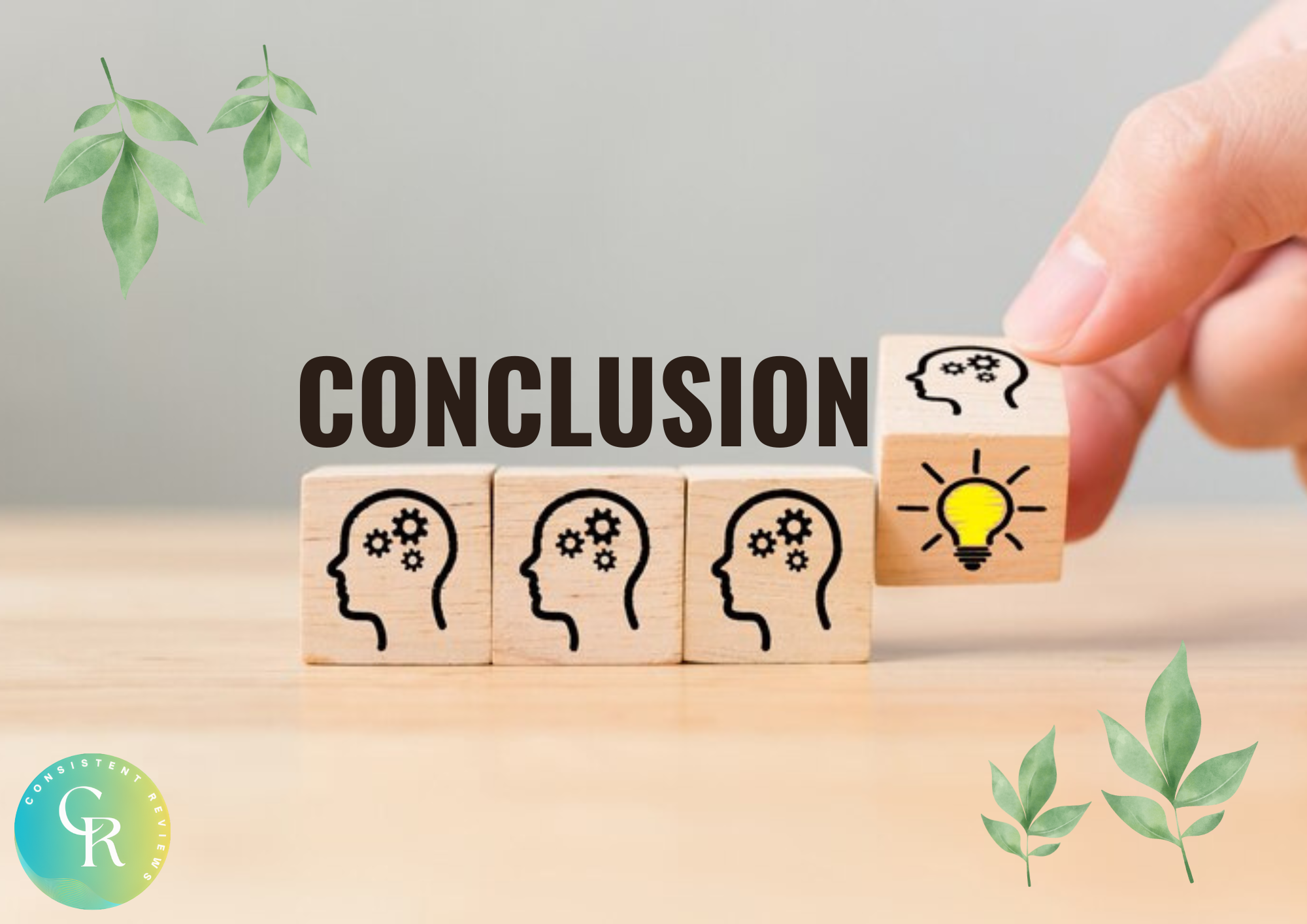
Understanding how many times you can use padel balls is essential for maintaining a high-quality playing experience. Factors such as playing style, court surface, and storage conditions can significantly impact the lifespan of your balls. By regularly checking ball pressure and bounce, storing your balls in the right conditions, and choosing the right balls for your needs, you can maximize their use and ensure they perform well on the court.
